Enam sigma dalam pendidikan: penambahbaikan untuk kualiti pengajaran guru [Six sigma in education: improvement for teacher’s teaching quality]
Keywords:
Six Sigma, teaching quality, DMAIC, SWOT analysis, continuous improvementAbstract
Six Sigma is a continuous improvement methodology that aims to improve quality by reducing variation and defects in a system. This study explores the potential of using Six Sigma in measuring and improving teachers' teaching quality (TQ). This study identifies strengths, weaknesses, opportunities, and threats to implementing Six Sigma in the education sector through SWOT analysis. The study findings show that Six Sigma has the potential to help teachers identify weaknesses and strengths in teaching through structured data-based analysis. The Six Sigma DMAIC model offers a systematic framework that allows for more accurate interventions in improving the effectiveness of the teaching and learning (T&L) process. However, challenges such as teachers' lack of analytical skills, resource constraints, and traditional work culture affect the implementation of Six Sigma at the school level. This study recommends collaboration between stakeholders such as government, industry, and educational institutions through the Quadruple Helix approach to ensure the implementation of Six Sigma is more effective. With continued support, this approach can significantly improve the quality of Malaysian education and create a more competitive education system at the global level.
Enam Sigma ialah metodologi penambahbaikan berterusan yang bertujuan meningkatkan kualiti melalui pengurangan variasi dan kecacatan dalam sesuatu sistem. Kajian ini bertujuan meneroka potensi penggunaan Enam Sigma dalam mengukur dan meningkatkan kualiti pengajaran (TQ) guru. Melalui analisis SWOT, kajian ini mengenal pasti kekuatan, kelemahan, peluang, dan ancaman terhadap pelaksanaan Enam Sigma dalam sektor pendidikan. Dapatan kajian menunjukkan bahawa Enam Sigma berpotensi membantu guru mengenal pasti kelemahan dan kekuatan dalam pengajaran melalui analisis berstruktur yang berasaskan data. Model Enam Sigma DMAIC menawarkan kerangka sistematik yang membolehkan intervensi yang lebih tepat dalam meningkatkan keberkesanan proses pengajaran dan pembelajaran (PdP). Walau bagaimanapun, cabaran seperti kurangnya kemahiran analitikal guru, kekangan sumber, dan budaya kerja tradisional menjejaskan pelaksanaan Enam Sigma di peringkat sekolah. Kajian ini mencadangkan kerjasama antara pihak berkepentingan seperti kerajaan, industri, dan institusi pendidikan melalui pendekatan Quadruple Helix untuk memastikan pelaksanaan Enam Sigma lebih berkesan. Dengan sokongan berterusan, pendekatan ini berpotensi membawa penambahbaikan signifikan dalam kualiti pendidikan Malaysia serta mewujudkan sistem pendidikan yang lebih kompetitif di peringkat global.
References
Abdulla, A. & Kavilal. 2022. Analytical Investigation of Higher Education Quality Improvement by Using Six Sigma Approach. HighTech and Innovation Journal 3(2): 196–206.
Abu Yazid Abu Bakar, S. Amat & M.I. Mahmud. 2020. Enhancing Teachers’ Quality in Malaysia: Issues and Challenges. In Proceedings of International Conference of Education, Research and Innovation Conference. pp. 8522–8529.
Adina-Petruta, P. & Roxana, S. 2014. Integrating Six Sigma with Quality Management Systems for the Development and Continuous Improvement of Higher Education Institutions. Procedia - Social and Behavioral Sciences 143: 643–648.
Benzaghta, M.A., Elwalda, A., Mousa, M., Erkan, I. & Rahman, M. 2021. SWOT Analysis Applications: An Integrative Literature Review. Journal of Global Business Insights 6(1): 55–73.
Bumjaid, S.E. & Malik, H.A.M. 2019. The Effect of Implementing of Six Sigma Approach in Improving the Quality of Higher Education Institutions in Bahrain. International Journal of Engineering and Management Research 9(2): 134–140.
Cano, E.L., Gonzalez-de-Lena, M., Moguerza, J.M. & Redchuk, A. 2016. Six Sigma as a Quality Improvement Tool for Academic Programs. In Proceedings of EDULEARN16 Conference 4th-6th. Vol. 1 pp. 1644–1652.
Cudney, E.A., Elrod, C.C. & Stanley, S.M. 2014. A Systematic Literature Review of Six Sigma Practices in Education. International Journal of Six Sigma and Competitive Advantage 8(3–4): 163–175.
Cudney, E.A., Venuthurumilli, S.S.J., Materla, T. & Antony, J. 2018. Systematic Review of Lean and Six Sigma Approaches in Higher Education. Total Quality Management and Business Excellence 31(3–4): 231–244.
Dian, D., Faturrahman, R.H. & Mulyawati, R. 2022. School-Based Quality Improvement Management System. Jurnal Obsesi : Jurnal Pendidikan Anak Usia Dini 6(3): 2370–2380.
Elfanda, M.E. 2021. Implementation of Six Sigma in Product Quality Control. Jurnal Ekonomi Dan Bisnis Airlangga 31(1): 51–63.
Farrokhnia, M., Banihashem, S.K., Noroozi, O. & Wals, A. 2024. A SWOT Analysis of ChatGPT: Implications for Educational Practice and Research. Innovations in Education and Teaching International 61(3): 460–474.
Feser, M.S., Haak, I. & Rabe, T. 2019. Fostering Teaching-Related Analytical Skills Through Case-Based Learning with Classroom Videos in Initial Teacher Education. Journal for Educational Research Online 2: 37–60.
Fortunata, S.F. 2021. Integrasi Metode Six Sigma Ke Dalam Program Pembelajaran Teaching Factory Sebagai Upaya Peningkatan Mutu Peserta Didik. Jurnal Manajemen Pendidikan 12(1): 21–32.
Ghaleb, B.D.S. 2024. The Importance of Using SWOT Analysis in Business Success. International Journal of Asian Business and Management 3(4): 557–564.
Hashim, D.A. 2024. The Impact Of The Requirements For Applying The Six Sigma Methodology In Improving The Quality Of University Education. Multidisciplinary Journal of Management, Economics and Accounting 10(3): 1–23.
MacIel-Monteon, M., Limon-Romero, J., Gastelum-Acosta, C., Tlapa, Di., Baez-Lopez, Y. & Solano-Lamphar, H.A. 2020. Measuring Critical Success Factors for Six Sigma in Higher Education Institutions: Development and Validation of a Surveying Instrument. Institute of Electrical and Electronics Engineers Access 8(1): 1813–1823.
Mittal, A., Gupta, P., Kumar, V., Al Owad, A., Mahalwat, S. & Singh, S. 2023. The Performance Improvement Analysis Using Six Sigma DMAIC Methodology: A Case Study on Indian Manufacturing Company. Heliyon 9(3).
Nivens, R.A. & Gann, R.R. 2014. Teaching Undergraduates How to Analyze. The Online Journal of New Horizons in Education 4(3): 103–107.
Sabtu, S.H. & Matore, M.E.E.M. 2024. Systematic Literature Review on the Implementation of the Six Sigma Approach in Education. International Journal of Evaluation and Research in Education (IJERE) 13(1): 262.
Sabtu, S.H., Matore, M.E.M. & Maat, S.M. 2023. Five Spectacular of the Six Sigma DMAIC Model to Improve the Quality of Teacher Teaching in Schools: Revolution or Fantasy ? International Journal of Academic Research in Progressive Education and Development 11(2): 615–626.
Sharath, K.C. & Praveena K.B. 2023. SWOT Analysis. International Journal of Advanced Research 11(09): 744–748.
Tahir, M., Farooqi, K. & Shafiq, A. 2023. Impact of Six Sigma Practices on Teaching-Learning Effectiveness: A Case Study of the University of Okara. Global Social Sciences Review (GSSR) VIII(II): 657–670.
Wang, Q. 2022. Application of Six Sigma Management-based Teaching Method in Financial Management Course Online Teaching. International Journal of Emerging Technologies in Learning 17(1): 60–73.
Published
 Abstract Display: 0
Abstract Display: 0  PDF Downloads: 0
PDF Downloads: 0 Issue
Section

This work is licensed under a Creative Commons Attribution-NonCommercial 4.0 International License.

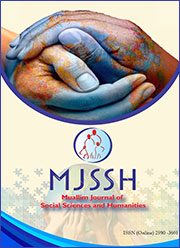

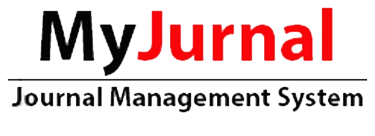


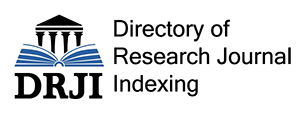
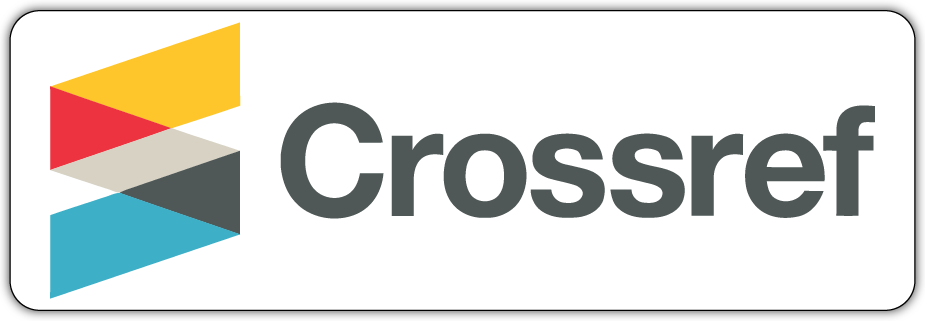
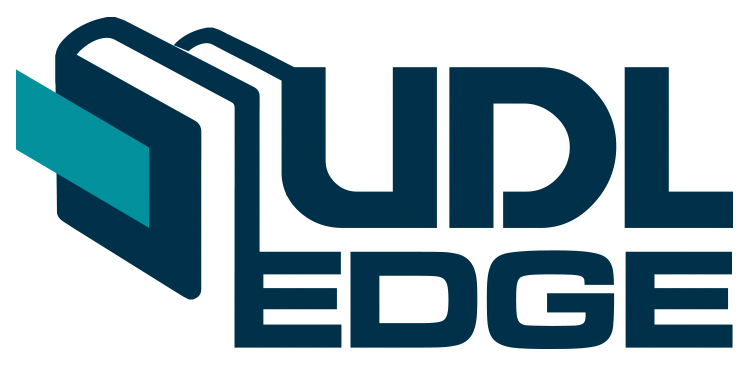





 This work is licensed under a
This work is licensed under a